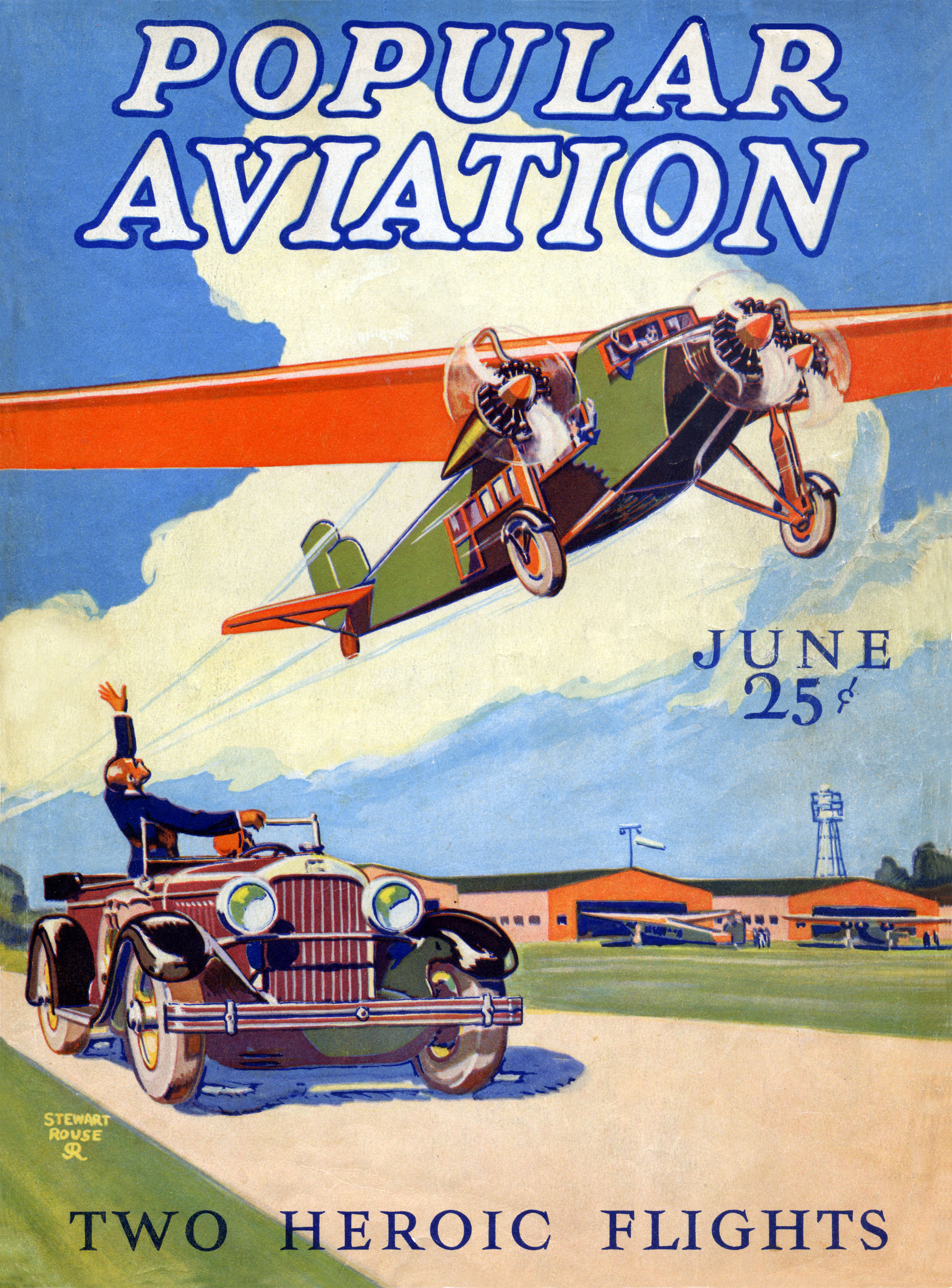|
Speed Racer (arcade Game)
''Speed Racer'' is a arcade racing game designed by Namco based on the popular Japanese anime '' Speed Racer''. The standard cabinet was a two-player, sit-down model. Reception A reviewer for ''Next Generation Next Generation or Next-Generation may refer to: Publications and literature * ''Next Generation'' (magazine), video game magazine that was made by the now defunct Imagine Media publishing company * Next Generation poets (2004), list of young ...'' praised the use of "trickery" against racing opponents but criticized the track design, and concluded that "this is good kiddy gaming, and no more." He gave it two out of five stars. References External links * {{DEFAULTSORT:Speed Racer (Arcade Game) Speed Racer video games 1995 video games Racing video games Arcade video games Arcade-only video games Namco arcade games Video games developed in Japan Video games scored by Shinji Hosoe ... [...More Info...] [...Related Items...] OR: [Wikipedia] [Google] [Baidu] |
Namco
was a Japanese multinational corporation, multinational video game and entertainment company, headquartered in Ōta, Tokyo. It held several international branches, including Namco America in Santa Clara, California, Namco Europe in London, Namco Taiwan in Kaohsiung, and Shanghai Namco in mainland China. Namco was founded by Masaya Nakamura (businessman), Masaya Nakamura on June 1, 1955, as beginning as an operator of coin-operated amusement rides. After reorganizing to Nakamura Seisakusho Co., Ltd. in 1959, a partnership with Walt Disney Productions provided the company with the resources to expand its operations. In the 1960s, it manufactured Electro-mechanical game, electro-mechanical arcade games such as the 1965 hit ''Periscope (arcade game), Periscope''. It entered the video game industry after acquiring the struggling Japanese division of Atari, Inc., Atari in 1974, distributing games such as ''Breakout (video game), Breakout'' in Japan. The company renamed itself Namco ... [...More Info...] [...Related Items...] OR: [Wikipedia] [Google] [Baidu] |
Next Generation (magazine)
''Next Generation'' was a video game magazine that was published by Imagine Media (now Future US). It was affiliated to and shared editorial with the UK's ''Edge'' magazine. ''Next Generation'' ran from January 1995 until January 2002. It was published by Jonathan Simpson-Bint and edited by Neil West. Other editors included Chris Charla, Tom Russo, and Blake Fischer. ''Next Generation'' initially covered the 32-bit consoles including 3DO, Atari Jaguar, and the then-still unreleased Sony PlayStation and Sega Saturn. Unlike competitors ''GamePro'' and ''Electronic Gaming Monthly'', the magazine was directed towards a different readership by focusing on the industry itself rather than individual games. Publication history The magazine was first published by GP Publications up until May 1995 when the publisher rebranded as Imagine Media. In September 1999, ''Next Generation'' was redesigned, its cover name shortened to simply ''NextGen''. This would start what was known as "Lif ... [...More Info...] [...Related Items...] OR: [Wikipedia] [Google] [Baidu] |
Namco Arcade Games
was a Japanese multinational video game and entertainment company, headquartered in Ōta, Tokyo. It held several international branches, including Namco America in Santa Clara, California, Namco Europe in London, Namco Taiwan in Kaohsiung, and Shanghai Namco in mainland China. Namco was founded by Masaya Nakamura on June 1, 1955, as beginning as an operator of coin-operated amusement rides. After reorganizing to Nakamura Seisakusho Co., Ltd. in 1959, a partnership with Walt Disney Productions provided the company with the resources to expand its operations. In the 1960s, it manufactured electro-mechanical arcade games such as the 1965 hit ''Periscope''. It entered the video game industry after acquiring the struggling Japanese division of Atari in 1974, distributing games such as '' Breakout'' in Japan. The company renamed itself Namco in 1977 and published '' Gee Bee'', its first original video game, a year later. Among Namco's first major hits was the fixed shooter ''Gala ... [...More Info...] [...Related Items...] OR: [Wikipedia] [Google] [Baidu] |
Arcade Video Games
Arcade most often refers to: * Arcade game, a coin-operated game machine ** Arcade cabinet, housing which holds an arcade game's hardware ** Arcade system board, a standardized printed circuit board * Amusement arcade, a place with arcade games * Arcade (architecture), a series of adjoining arches * Shopping mall, one or more buildings forming a complex of shops, also sometimes called a shopping arcade Arcade or The Arcade may also refer to: Places Greece *Arcades (Crete), a town and city-state of ancient Crete, Greece Italy * Arcade, Italy, a town and commune in the region of Veneto United States * Arcade Building (Asheville, North Carolina) * Arden-Arcade, California * Arcade, Georgia, a city in Jackson County * Arcade (village), New York * Arcade (town), New York * The Arcade (Oak Bluffs, Massachusetts), a historic site in Oak Bluffs, Massachusetts * The Arcade (Providence, Rhode Island), a historic shopping center * Arcade, Texas Arts and entertainment Books an ... [...More Info...] [...Related Items...] OR: [Wikipedia] [Google] [Baidu] |
Racing Video Games
Racing games are a video game genre in which the player participates in a racing competition. They may be based on anything from real-world racing leagues to fantastical settings. They are distributed along a spectrum between more realistic racing simulations and more fantastical arcade-style racing games. Kart racing games emerged in the 1990s as a popular sub-genre of the latter. Racing games may also fall under the category of sports video games. Sub-genres Arcade-style racing Arcade-style racing games put fun and a fast-paced experience above all else, as cars usually compete in unique ways. A key feature of arcade-style racers that specifically distinguishes them from simulation racers is their far more liberal physics. Whereas in real racing (and subsequently, the simulation equivalents) the driver must reduce their speed significantly to take most turns, arcade-style racing games generally encourage the player to "powerslide" the car to allow the player to keep up thei ... [...More Info...] [...Related Items...] OR: [Wikipedia] [Google] [Baidu] |
1995 Video Games
File:1995 Events Collage V2.png, From left, clockwise: O.J. Simpson is O. J. Simpson murder case, acquitted of the murders of Nicole Brown Simpson and Ronald Goldman from the 1994, year prior in "The Trial of the Century" in the United States; The Great Hanshin earthquake strikes Kobe, Japan, killing 5,000-6,000 people; The Unabomber Manifesto is published in several U.S. newspapers; Gravestone, Gravestones mark the victims of the Srebrenica massacre near the end of the Bosnian War; Windows 95 is launched by Microsoft for Personal computer, PC; The first exoplanet, 51 Pegasi b, is discovered; Space Shuttle Atlantis docks with the Space station Mir in a display of U.S.-Russian cooperation; The Alfred P. Murrah Federal Building in Oklahoma City is Oklahoma City bombing, bombed by Domestic terrorism in the United States, domestic terrorists, killing 168., 300x300px, thumb rect 0 0 200 200 O. J. Simpson murder case rect 200 0 400 200 Great Hanshin earthquake, Kobe earthquake rect 400 0 6 ... [...More Info...] [...Related Items...] OR: [Wikipedia] [Google] [Baidu] |
Speed Racer Video Games
In everyday use and in kinematics, the speed (commonly referred to as ''v'') of an object is the magnitude of the change of its position over time or the magnitude of the change of its position per unit of time; it is thus a scalar quantity. The average speed of an object in an interval of time is the distance travelled by the object divided by the duration of the interval; the instantaneous speed is the limit of the average speed as the duration of the time interval approaches zero. Speed is not the same as velocity. Speed has the dimensions of distance divided by time. The SI unit of speed is the metre per second (m/s), but the most common unit of speed in everyday usage is the kilometre per hour (km/h) or, in the US and the UK, miles per hour (mph). For air and marine travel, the knot is commonly used. The fastest possible speed at which energy or information can travel, according to special relativity, is the speed of light in a vacuum ''c'' = metres per second (approx ... [...More Info...] [...Related Items...] OR: [Wikipedia] [Google] [Baidu] |
Imagine Media
Future US, Inc. (formerly known as Imagine Media and The Future Network USA) is an American media corporation specializing in targeted magazines and websites in the video games, music, and technology markets. Headquartered in New York City, the corporation has offices in: Alexandria, Virginia; Minneapolis, Minnesota; and Washington, D.C. Future US is owned by parent company, Future plc, a specialist media company based in Bath, Somerset, England. History The company was established when Future plc acquired struggling Greensboro ( N.C.) video game magazine publisher GP Publications, publisher of ''Game Players'' magazine, in 1994. The company launched a number of titles including ''PC Gamer'', and relocated from North Carolina to the San Francisco Bay Area, occupying various properties in Burlingame and South San Francisco. When Chris Anderson, the founder of Future plc, sold Future to Pearson plc he retained GP, renamed Imagine Media, Inc. in June 1995, and operated it as ... [...More Info...] [...Related Items...] OR: [Wikipedia] [Google] [Baidu] |
Ziff Davis
Ziff Davis, Inc. is an American digital media and internet company. First founded in 1927 by William Bernard Ziff Sr. and Bernard George Davis, the company primarily owns technology-oriented media websites, online shopping-related services, and software services. History The company was founded by William B. Ziff Company publisher Bill Ziff Sr. with Bernard Davis. Upon Bill Ziff's death in 1953, William B. Ziff Jr., his son, returned from Germany to lead the company. In 1958, Bernard Davis sold Ziff Jr. his share of Ziff Davis to found Davis Publications, Inc.; Ziff Davis continued to use the Davis surname as Ziff-Davis. Throughout most of Ziff Davis' history, it was a publisher of hobbyist magazines, often ones devoted to expensive, advertiser-rich technical hobbies such as cars, photography, and electronics. Since 1980, Ziff Davis has primarily published computer-related magazines and related websites, establishing Ziff Davis as an Internet information company. Ziff Davis ... [...More Info...] [...Related Items...] OR: [Wikipedia] [Google] [Baidu] |
Shinji Hosoe
, also known as Megaten and Sampling Masters MEGA, is a Japanese video game composer and musician most famous for scoring ''Ridge Racer'', ''Street Fighter EX'' and many Namco arcade games between 1987 and 1996. He also runs the music production and publishing company SuperSweep, alongside long time collaborator Ayako Saso. Biography Early life Hosoe was born on February 28, 1967 in Gero, Gifu Prefecture, Japan. His family moved to Chōfu while he was in first grade of elementary school. At the age of 8, he bought Isao Tomita's album ''The Planets''. He also listened to electronic music by artists such as Jean-Michel Jarre, Kraftwerk and Yellow Magic Orchestra. During his teenage years, he played bass in a Yellow Magic Orchestra tribute band. At the time, he did not have a serious interest in music and received low grades in music classes. After graduating high school, he studied computer graphics at Japan Electronics College. Namco (1985–1996) Hosoe joined Namco in 198 ... [...More Info...] [...Related Items...] OR: [Wikipedia] [Google] [Baidu] |
Electronic Gaming Monthly
''Electronic Gaming Monthly'' (often abbreviated to ''EGM'') is a monthly American video game magazine. It offers video game news, coverage of industry events, interviews with gaming figures, editorial content and product reviews. History The magazine was founded in 1988 as U.S. National Video Game Team's ''Electronic Gaming Monthly'' under Sendai Publications. In 1994, ''EGM'' spun off '' EGM²'', which focused on expanded cheats and tricks (i.e., with maps and guides). It eventually became ''Expert Gamer'' and finally the defunct ''GameNOW''. After 83 issues (up to June 1996), ''EGM'' switched publishers from Sendai Publishing to Ziff Davis. Until January 2009, ''EGM'' only covered gaming on console hardware and software. In 2002, the magazine's subscription increased by more than 25 percent. The magazine was discontinued by Ziff Davis in January 2009, following the sale of '' 1UP.com'' to UGO Networks. The magazine's February 2009 issue was already completed, but was not pu ... [...More Info...] [...Related Items...] OR: [Wikipedia] [Google] [Baidu] |





